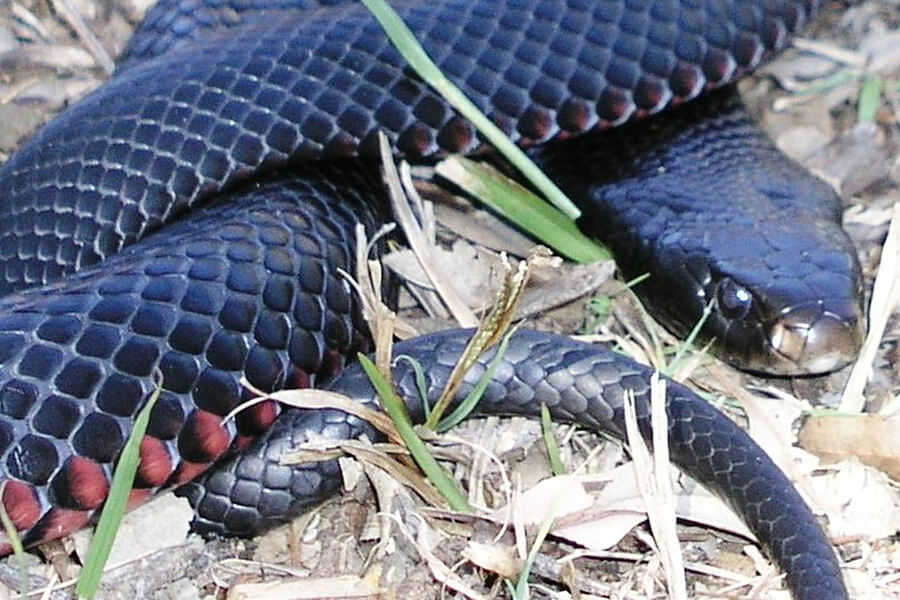Introduction
Snake attacks are a severe medical emergency that can occur in different settings, particularly in areas where snakes prevail. In Australia alone, there are numerous species of poisonous serpents such as the Tiger Snake, Eastern Brown Serpent, and King Brown Serpent. Understanding how to successfully handle snake First aid for snake bites bites is essential for any individual that hangs around outdoors or lives in backwoods. This post will explore detailed first aid monitoring techniques for serpent bites and describe finest methods for responding to these incidents.
First Aid Monitoring of Snake Bites: Best Practices for every single Situation
When dealing with a snake bite, the initial response can significantly impact the victim's result. Immediate action is crucial since quick clinical intervention often identifies the degree of injury or survival price. Below are important emergency treatment concepts to keep in mind:
Understanding Serpent Types and Their Habitats
Tiger Serpents and Their Habitat
Tiger snakes (Notechis scutatus) are among Australia's most well-known poisonous serpents because of their hostile nature and potent venom.
- Habitat: They normally populate coastal areas, wetlands, and areas with thick plants like marshes and swamps. Risks: Awareness of local tiger snake habitats can minimize the danger of running into one unexpectedly.
Eastern Brown Snakes: A Significant Threat
The Eastern Brown Snake (Pseudonaja textilis) is another extremely poisonous species located throughout eastern Australia.
- Habitat: This serpent prospers in city areas, farming lands, and grasslands. Behavior: Known for its fast strikes when endangered, understanding its actions might aid mitigate encounters.
Recognizing Signs and symptoms of Snake Bites
Identifying signs at an early stage can enhance opportunities of reliable therapy:
Local Symptoms:- Pain and swelling around the bite site Discoloration or bruising
- Nausea or vomiting Difficulty breathing Signs of shock (e.g., light skin, quick heartbeat)
First Help Procedures for Certain Snake Bites
First Help for Tiger Serpent Bite
In case of a tiger snake bite:
Stay calm; keep still. Call emergency solutions immediately. Immobilize the influenced limb making use of a splint if available. Death Adder Do not try to draw out venom or use ice.First Aid for Eastern Brown Serpent Bite
For an eastern brownish serpent bite:
Keep calm; guarantee the victim. Call emergency solutions without delay. Position them comfortably while avoiding movement. Mark the sides of swelling with a pen if possible for observation.Creating Your Snake Bite Emergency Treatment Kit
A well-prepared emergency treatment package can make all the distinction during emergencies:
|Item|Objective|| -------------------------------|---------------------------------------------------|| Compression bandages|To incapacitate arm or legs|| Sterile gauze|To cover wounds|| Antihistamines|For allergic reactions|| Emergency call numbers|Quick access throughout situations|| Instruction manual|Step-by-step assistance on managing emergencies|
What Needs to You Never Do When Dealing With a Snake Bite?
Here's a listing of common mistakes when dealing with snake attacks:
Do not use tourniquets; they can trigger more harm than good. Avoid reducing into or trying to draw out poison from the wound. Never provide alcohol or energizers to targets as it could intensify their condition.FAQs About Emergency treatment Monitoring of Serpent Bites
1. What should I do if I see a snake?
Stay calm and pull back slowly without unexpected movements.
2. How do I determine if a snake is venomous?
Research regional types' characteristics; many have distinctive color scheme or markings.
3. Can I utilize ice on a snake bite?
No, applying ice can boost cells damage.
4. How much time do I have actually after being bitten prior to seeking medical attention?
Seek clinical focus quickly-- time is important with poisonous bites!
5. Is it safe to drive myself to the hospital after a bite?
No! It's risky as signs and symptoms might aggravate en course; await professional help.
6. Are all serpents in Australia dangerous?
No! While Australia has lots of harmful snakes, there are additionally non-venomous species that pose no threat.
Conclusion
The first aid administration of serpent attacks requires prompt action integrated with expertise concerning neighborhood varieties' behavior and habitats like those of tiger serpents and eastern brown serpents in Australia. By adhering to best practices Brown Snake laid out above-- such as remaining tranquility, calling emergency situation services without delay, and knowing what not to do-- you significantly enhance survival chances after such accidents occur.

Equipping yourself with expertise regarding different sorts of snakes in your area and preparing a proper emergency treatment set will certainly ensure you prepare must an experience develop-- making you better prepared to manage this possibly dangerous circumstance effectively!
